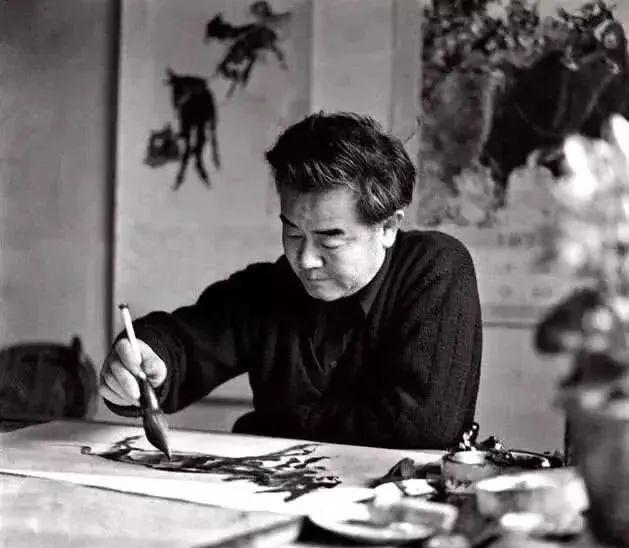Huang Gui is painting a donkey
This donkey painting of Huang Gui, with a length of 19.2 meters, is composed of 14 pieces of four-foot whole rice paper connected back and forth, plus the front and back of the self-titled introduction and the back paper, with a length of more than 21 meters, a total of 119 donkeys are painted, which can be called the first donkey painted by Huang Gui.
Without further ado, please turn your phone sideways to admire Huang Gui's masterpiece of donkey paintings:
Title:
1. Call for standing, kneeling without kneeling. Holding on and not going, playing backwards, is called a plough. The little donkey is docile without this sharpness, and also virtuous. Huang Ji asked again.
2, the contribution of the old cattle and the donkey to people is half a pound and eight two, the little donkey may be more than enough, and people praise people as the old cattle can be or the spirit of the cattle, or bow down to the cow, etc., and no one is willing to be an old donkey, or bow down to the donkey. I'm not happy for the donkey. Yellow.
Part of Huang Ji's "Hundred Donkeys"
Huang Gui's donkey painting is called "Hundred Donkeys Picture", and these donkeys in the painting can be described as "a hundred states between donkeys": or mutual affection, or naughty play, or walking and lying down; each group of donkeys, before and after responding, Gu Pan conveys the gods, and the essence, qi, and spirit of the donkey are on paper.
Throughout the painting, Mr. Huang, with his accurate modeling ability and rigorous composition layout ability, has conditioned the entire scene in an orderly manner, which shows the painter's ingenuity in handling complex scenes. After completing this work, Huang Ji was quite self-satisfied, saying: "Yu has painted hundreds of donkeys many times, and this volume is the most comfortable." ”
Yellow gizzard and small donkey
Qi Baishi's shrimp, Xu Beihong's horse, Li Kejian's cattle and Huang Gui's donkey are also known as the "Four Absolute Ink Paintings in China" in the 20th century. Huang Gui's painting of a donkey not only paints the cuteness of a donkey, but also paints the virtue of a donkey in his heart. He once praised the donkey: "In his life, he has experienced many bumps in the road, and he does not complain to the world about injustice." In fact, this is precisely the self-portrayal of the painter's personality.
